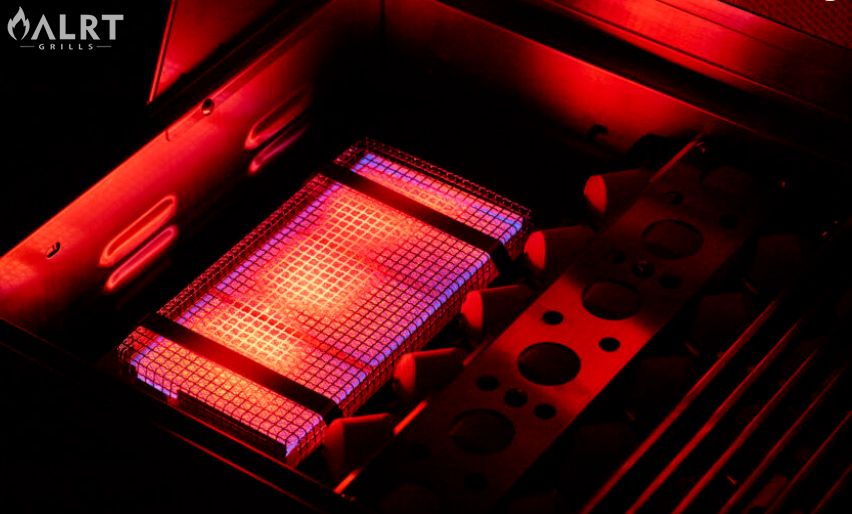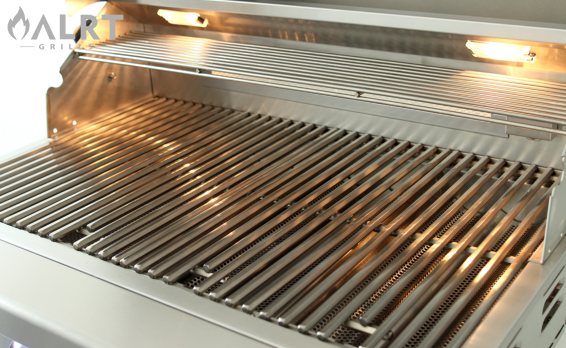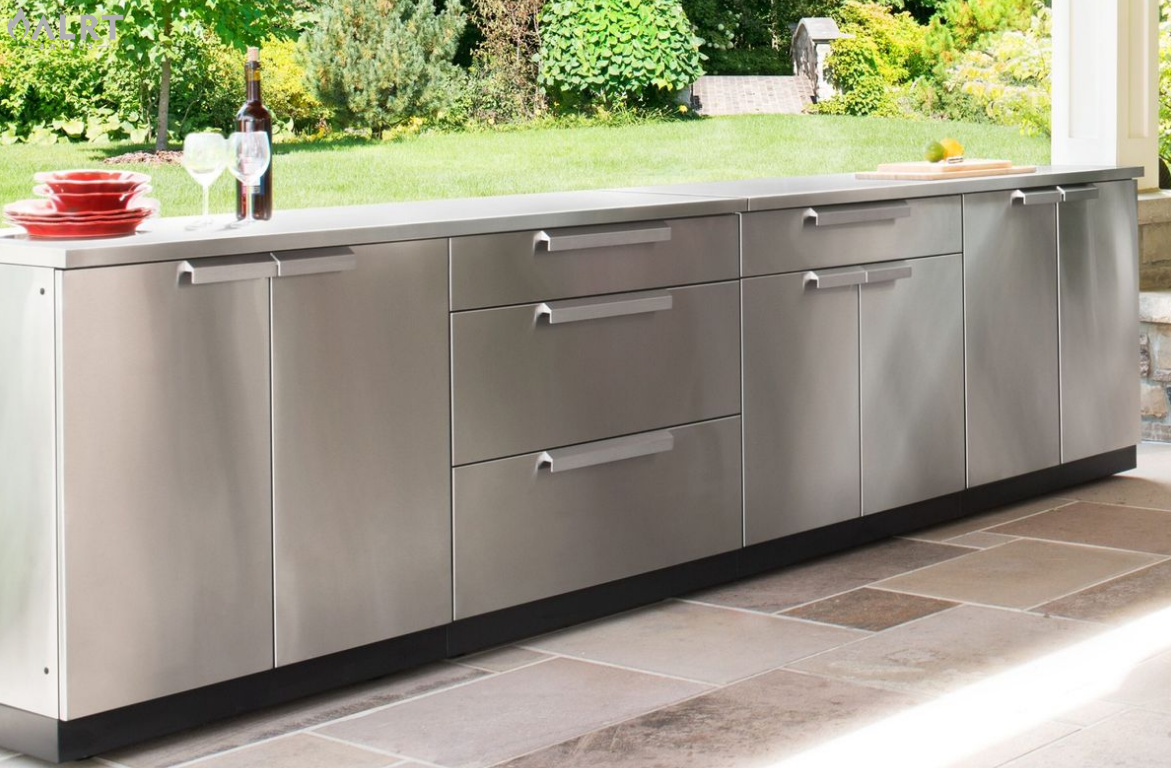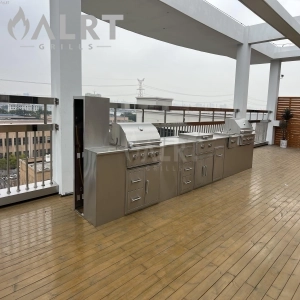
Cost Comparison: Propane vs. Natural Gas
Upfront Costs
Natural Gas: Requires connection to a municipal gas line. Installation costs range from $500–2,000 if pipelines aren’t pre-existing.
Propane: Uses portable tanks, with minimal setup costs ($50–200). Ideal for modular BBQ islands or temporary setups.
Long-Term Operating Costs
Fuel Prices: Natural gas averages $0.10–0.15 per cubic foot, while propane costs $2.50–3.50 per gallon.
Efficiency: Propane delivers 2,530 BTU per cubic foot, nearly double natural gas’s 1,012 BTU per cubic foot, meaning less fuel is needed for the same heat output.
Example: A 50,000 BTU grill running for 1 hour:
Natural Gas: ~49.4 cubic feet × $0.10 = $4.94
Propane: ~19.8 gallons × $2.50 = $49.50
Equipment Costs
Propane grills (e.g., Weber Spirit E-210) are typically $100–300 cheaper than natural gas models.
Custom outdoor kitchen islands with natural gas lines may cost 10–15% more due to specialized fittings.
Performance and Practicality
Heat Output and Responsiveness
Propane’s higher energy density allows faster ignition and peak temperatures, ideal for searing steaks.
Natural gas provides stable, continuous heat, perfect for slow-cooking or large wholesale BBQ islands in high-traffic areas.
Fuel Accessibility
Natural gas eliminates the need for tank refills, ensuring uninterrupted operation for permanent outdoor kitchen islands.
Propane’s portability suits mobile setups (e.g., modular BBQ islands) and areas without gas infrastructure.
Maintenance Requirements
Propane grills need regular tank inspections and burner cleaning to prevent clogs.
Natural gas systems require annual pipeline checks but have fewer movable parts, reducing long-term maintenance.
Environmental Impact
Emissions
Propane emits 12% less CO₂ and fewer particulates than natural gas.
Natural gas production involves methane leaks, offsetting its cleaner combustion.
Sustainable Practices
As a BBQ island wholesale factory, we prioritize:
Recycled Materials: Stainless steel frames for outdoor kitchen islands.
Hybrid Solutions: Prototype grills combining propane with solar panels.
Certifications: Compliance with Green Grill standards for low-emission designs.
Designing Your Outdoor Kitchen
Fixed Outdoor Kitchen Islands
Recommended Fuel: Natural gas for cost efficiency and reliability.
Key Features:
Heat-resistant countertops (e.g., TAUS Pro Series granite).
Built-in safety valves and ventilation.
Modular BBQ Islands
Recommended Fuel: Propane for flexibility and ease of relocation.
Design Tips:
Standardized connectors for 20-lb propane tanks.
Lightweight aluminum frames (e.g., Snow Peak IGT system).
Commercial Solutions
Wholesale BBQ Islands: Combine natural gas main burners with propane backups for redundancy.
Dual-Fuel Grills: Models like Megamaster Dual-Fuel allow switching based on fuel availability.
FAQ
Is propane or natural gas cheaper for outdoor kitchens?
Short-Term: Propane has lower upfront costs.
Long-Term: Natural gas saves 30–50% on fuel expenses.
Can I convert a natural gas grill to propane?
Yes! Use a conversion kit (~$50–150) to replace burners and regulators.
What size grill do I need for an outdoor kitchen?
Small Gatherings (1–4 people): 200–400 sq.in (e.g., Char-Griller E22424).
Medium Groups (5–8 people): 500+ sq.in (e.g., Napoleon Prestige 500 RSIB).
Commercial Use: 700+ sq.in with multiple burners.
How to reduce fuel costs?
Install infrared burners (cuts consumption by 30%).
Use wind guards to improve heat retention.
Bulk orders for wholesale BBQ islands save 15–20%.

Conclusion
The propane vs. natural gas debate hinges on your outdoor kitchen grills purpose, location, and budget. For permanent outdoor kitchen islands, natural gas offers unbeatable long-term savings. For flexibility in modular BBQ islands, propane reigns supreme. As a BBQ islands manufacturer, we tailor solutions to maximize efficiency, sustainability, and culinary joy. Whether you’re a homeowner or a BBQ island wholesale buyer, informed fuel choices ensure your outdoor kitchen sizzles—responsibly and affordably.






